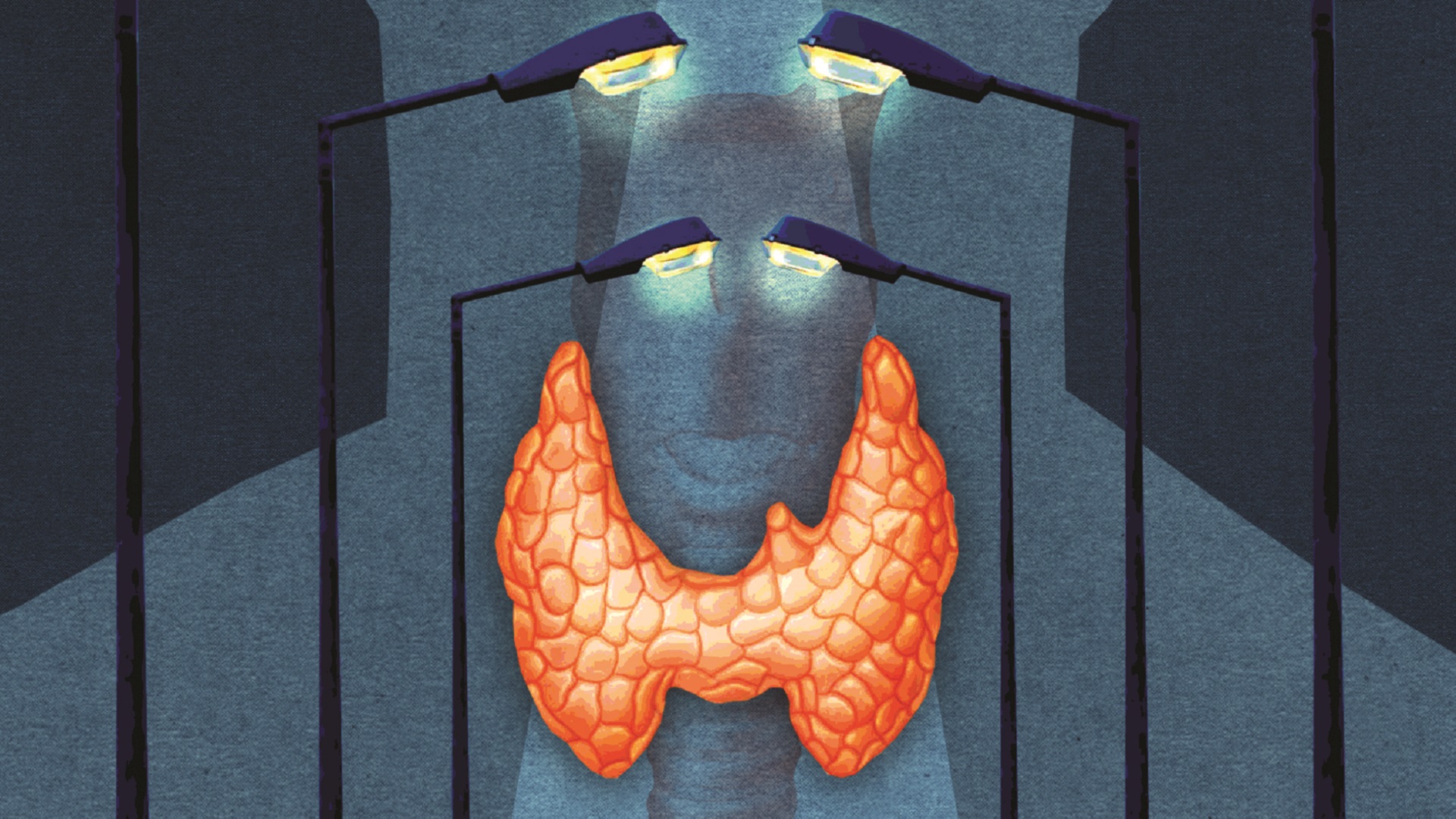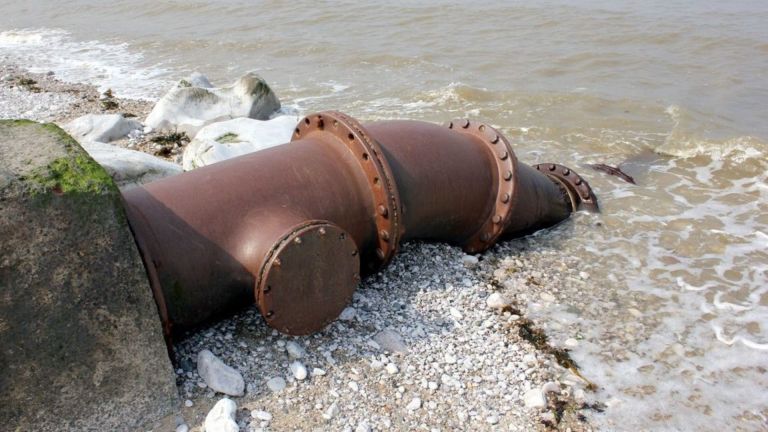There was little variation in how the story was told in the United States.
The New York Post ran with the headline: “Living near street lamps could increase risk of thyroid cancer by 55%”. And Fox News also reported the story. They said: “Living near street lamps could increase risk of thyroid cancer by 55%, study claims”.
But while the study behind these stories is certainly enlightening, has the worrying claim it provoked been shown to be true?
Facts. Checked
Not yet.
Science is a long road of building on research and previous knowledge to understand what is happening in the world around us.
In this case, the journey has only just begun. That has been reflected in some stories but not so much in others.
Advertising helps fund Big Issue’s mission to end poverty
First to the study behind the stories. The University of Texas Health Science Center research was published in Cancer, a peer-reviewed journal of the American Cancer Society this month.
Researchers aimed to investigate the association between exposure to artificial light and thyroid cancer, building on epidemiological studies that found a link between higher satellite-measured levels of night-time light and elevated breast cancer risk.
They used a similar method here using satellite imagery to estimate levels of light at night around the 464,371 participants’ homes, using a diet and health study
of American adults aged 50 to 71 in 1995-1996.
Researchers then examined state cancer registry diagnoses up until 2011 and established a link between the datasets.
It is true the researchers found the areas with the highest light levels were associated with a 55 per cent higher risk of developing thyroid cancer and that the link was strongest for women.
The scientists believe that light at night suppresses melatonin, which can be a modulator of oestrogen activity that may have anti-tumour effects. They also hypothesise streetlights could disrupt the body’s internal clock, known as circadian rhythm, which can increase the risk of cancers.
Advertising helps fund Big Issue’s mission to end poverty
However, this study comes with a huge caveat. The research cannot prove night-time light is the cause of thyroid cancer. Further studies are required to prove the hypothesis.
As lead researcher Dr Qian Xiao put it: “As an observational study, our study is not designed to establish causality.
“Therefore, we don’t know if higher levels of outdoor light at night lead to an elevated risk for thyroid cancer; however, given the well-established evidence supporting a role of light exposure at night and circadian disruption, we hope our study will motivate researchers to further examine the relationship between light at night and cancer, and other diseases.”
Most of the stories pointed this out but The Daily Telegraph’s online version – most likely adapted from the print edition – neglected to give the vital context.
This is where science reporting collides with the scientific process, and while this study is certainly interesting, it proves nothing at this point and the stories must reflect it.










